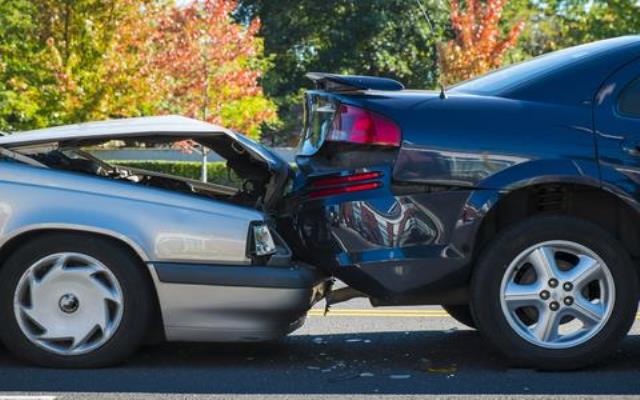Road Accidents Most Likely to Occur at 21-30mph
Speed has long been acknowledged as a risk factor when it comes to road accidents. The faster you drive, the less time you’ll have to react if you need to stop suddenly, and the more likely you’ll be to lose control of the vehicle. Where braking distance is concerned, the harm caused by speeding is compounding – if you’re travelling at 40 mph, the braking distance is actually four times the length of your braking distance at 20mph (that’s discounting the time it takes for your brain to process the need to stop.
What speed do accidents take place at?
Of course, it isn’t just speed that plays a role in determining the likelihood of accidents. According to an analysis of Department of Transport data carried out by Carole Nash (a provider of motorcycle, moped and scooter insurance), the picture is more complicated than that. The study covered all reported road traffic accidents between 2014 and 2018, and found that just 6% took place at speeds in excess of 61mph. The majority of accidents (63%) occurred when we’re driving at between 21 and 30 mph.
There are several things to point out, here. First, road traffic accidents at this speed are far less likely to inflict serious injury and death. Second, road traffic is disproportionately concentrated in areas where 30mph is the upper limit. Most road users rarely use the motorway, and when they do, a significant stretch of travel on smaller roads is usually bolted onto either end of the journey. Thus the findings are likely to be weighted significantly in this direction.
Perhaps the most important confounding variable here is the number of turns and junctions to be found in 30mph zones. While on a motorway you might conceivably drive for hours without so much as changing lanes, on an estate you might come upon junctions and blind corners and other sources of potential collision.
Which conditions did people expect accidents to happen the most?
We find similar complications when we come to consider a poll of 1,000 motorists, which asked what kinds of weather they think is more likely to produce crashes. Just one in ten guessed that ‘daylight, fine weather’ would produce the most road accidents, while others felt that motorcycle accidents are likely to happen in the dark, even more so if it is raining.
This is likely a failure of logic over imagination. We’re more readily able to imagine a car sliding around on a dark stormy night, but we don’t consider that actually since daytime drivers are far more numerous, it is only logical that they’d be overrepresented among accident statistics – even if we discount the dangers involved in driving in poor conditions. This is a well-documented cognitive bias known as the availability heuristic, which might lead one to imagine that sharks kill more people than, say, horses.
More food for thought came from a question concerning driving style – 20% of bus drivers claimed that they never adapted their driving style to suit the road conditions, while 3% of car drivers did. In the former case, we might conclude that a few of those 20% drive as safely as possible at all times. In the latter, that the percentage is as small as we could reasonably hope to make it.

